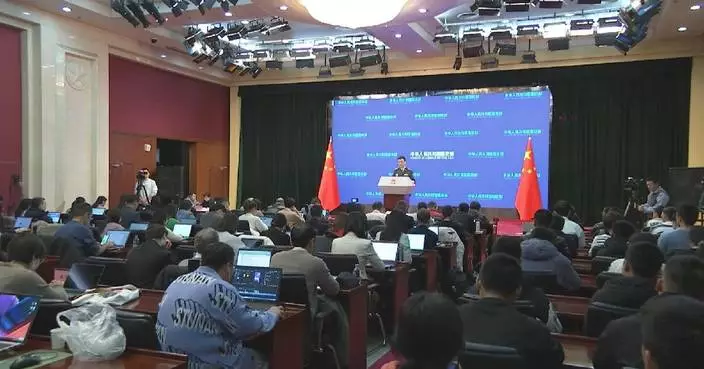China has unveiled a series of deepwater oil and gas field discoveries in its offshore areas since the start of the year, which greatly increases the country's oil and gas reserves.
In February, China National Offshore Oil Corporation (CNOOC) announced the discovery of the Bozhong 26-6 oilfield, the world’s largest metamorphic rock oilfield. Located in the southern waters of the Bohai Sea and about 170 kilometers away from north China's Tianjin Municipality, the field has proven reserves of more than 200 million tons of oil equivalent.
The Kaiping South oilfield featuring light crude oil, discovered by CNOOC in March, is situated in the deepwater area of the Pearl River Mouth basin in the eastern South China Sea. The field marks China's initial deepwater oilfield with deep wells, boasting an average ocean depth of 500 meters and a maximum drilling depth of 4,831 meters. Its proven reserves exceed 100 million tons.
In the realm of offshore oil and gas exploration, areas with water depths surpassing 300 meters are considered as deepwater, while wells exceeding 3,500 meters in depth are classified as deep wells.
In addition, the CNOOC announced earlier this month that the original gas in place (OGIP) of the Lingshui 36-1 gas field -- the world’s first large and ultra-shallow gas field in ultra-deep waters -- has been estimated at more than 100 billion cubic meters. This marks a significant advance for China’s offshore gas resources exploration.
"In recent years, we have actively pursued the national strategy to become a strong maritime nation by accelerating our marine energy development. We have addressed technical challenges in developing ultra-deepwater oil and gas fields and deep wells, including exploration, drilling, and engineering. We have built projects such as the Deep Sea No. 1 energy station and the Liuhua Oilfield development project, achieving a series of key innovations. We now have the preliminary capability to operate across all sea areas - from deep to ultra-deepwater areas and from shallow to deep layers - setting a strong foundation for deep-sea energy development," said Xie Yuhong, an academician of the Chinese Academy of Engineering.

China unveils series of deepwater oil, gas field discoveries









